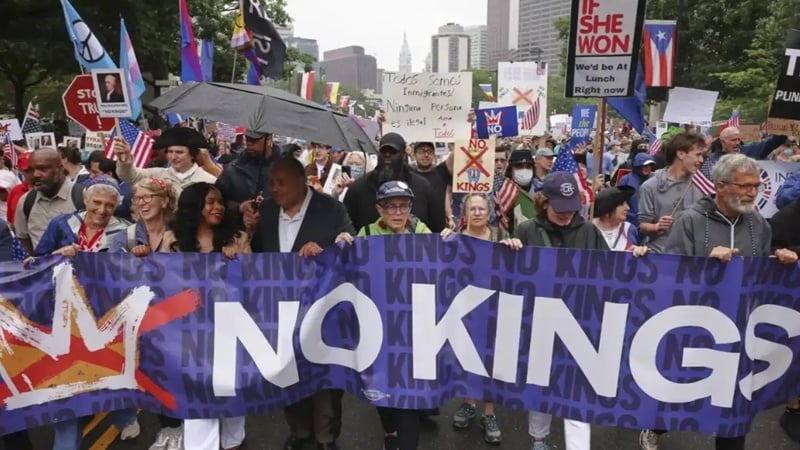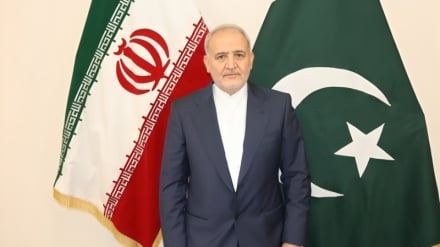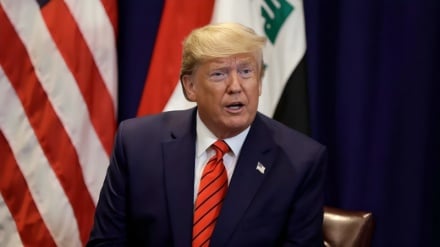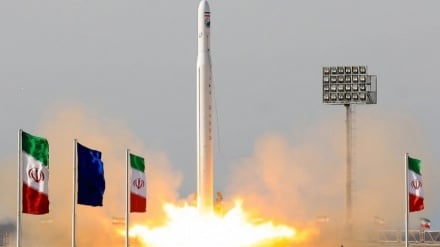What were objectives of anti-Trump protests in U.S.?
-

Nationwide protests in the U.S. under the slogan “No Kings”
Pars Today – Millions of Americans took to the streets in nationwide demonstrations under the slogan “No Kings”, protesting Donald Trump’s second presidential term and what they describe as his “authoritarian tendencies.”
On October 18, 2025, the “No Kings” protests took place across all 50 U.S. states and in several other countries, including Canada, Mexico, and parts of Europe.
The event, marking the second major wave of demonstrations against Donald Trump’s second presidential term, was organized by a network of over 200 progressive groups, including Indivisible, MoveOn, the Human Rights Campaign, and various labor unions.
With an estimated 4 to 6 million participants, the protests became the largest single-day demonstration in recent U.S. history, surpassing the 2017 protests against Trump.
The demonstrations had multiple objectives. The slogan “No Kings” directly referenced Donald Trump’s actions and statements, which protesters view as attempts to undermine democracy and establish an authoritarian system in the U.S.
Protesters argue that Trump’s remarks about a desire for “lifelong power” or efforts to bypass legal limits, such as a potential third presidential term, pose a serious threat to the Constitution.
The demonstrations, underlining that “America has no king,” aimed to restore faith in democratic principles.
A key motivation was opposition to the administration’s strict immigration measures, particularly large-scale federal ICE operations in cities governed by Democrats. Protesters viewed these operations as attacks on communities and illegal use of federal forces to suppress protests and control cities without local consent, condemning them as a form of military occupation and demanding their cessation.
Demonstrators also voiced opposition to reductions in public services such as healthcare and education, as well as economic policies benefiting billionaires like Elon Musk, Jeff Bezos, and Mark Zuckerberg.
In Washington, D.C., Senator Bernie Sanders described these policies as a “billionaire-friendly economy” and called for a fair redistribution of resources.
The nationwide protests also condemned allegations of financial corruption and the use of taxpayer money for Trump’s personal gain.
The long-term aim of the protests was to mobilize the silent majority opposed to Trump, challenging his claims of widespread public backing. Organizers designed the demonstrations as a starting point for broader movements ahead of the 2026 midterm elections.
The protests have already shown notable initial results and could have significant political implications moving forward.
The widespread demonstrations across the United States, featuring prominent figures such as Bernie Sanders, John Cusack, Robert De Niro, and Bill Nye, captured global attention.
The participation of millions, including young people, veterans, and minorities, reflected a broad coalition against Trump’s policies. Democrats like Chuck Schumer and Cory Booker described the protests as an expression of love for America, while Republicans such as Mike Johnson and J.D. Vance labeled them a display of hatred for the country.
Trump himself mocked the protests in a satirical video, in which he dropped flowers over the demonstrators from a fighter jet, highlighting the deepening political divide.
At the same time, the protests drew global attention to issues of democracy, immigration, and civil rights, increasing pressure on the government to reconsider the deployment of federal forces to cities.
These demonstrations could also strengthen civil resistance movements and potentially influence the 2026 elections.
However, it seems unlikely that even such large-scale protests will lead Trump and his supporters to reconsider their ongoing plans. Republicans, particularly Trump-aligned MAGA factions, see a historic opportunity to implement conservative agendas in the U.S. and marginalize liberals and leftists from the public sphere. Consequently, political and social tensions in the United States are expected to intensify in the coming weeks and months.


